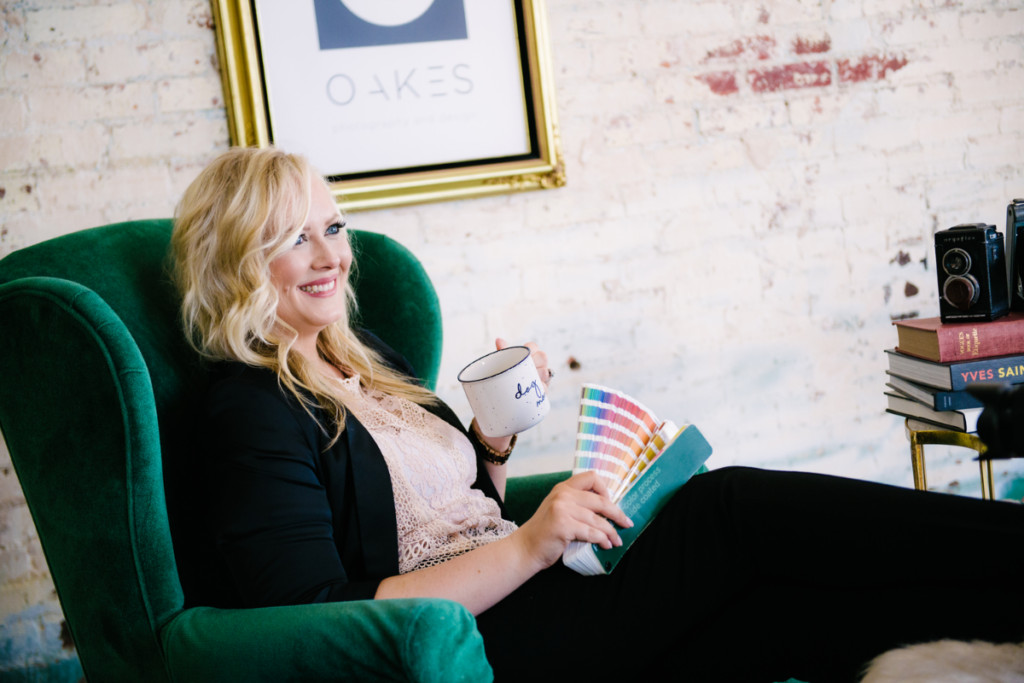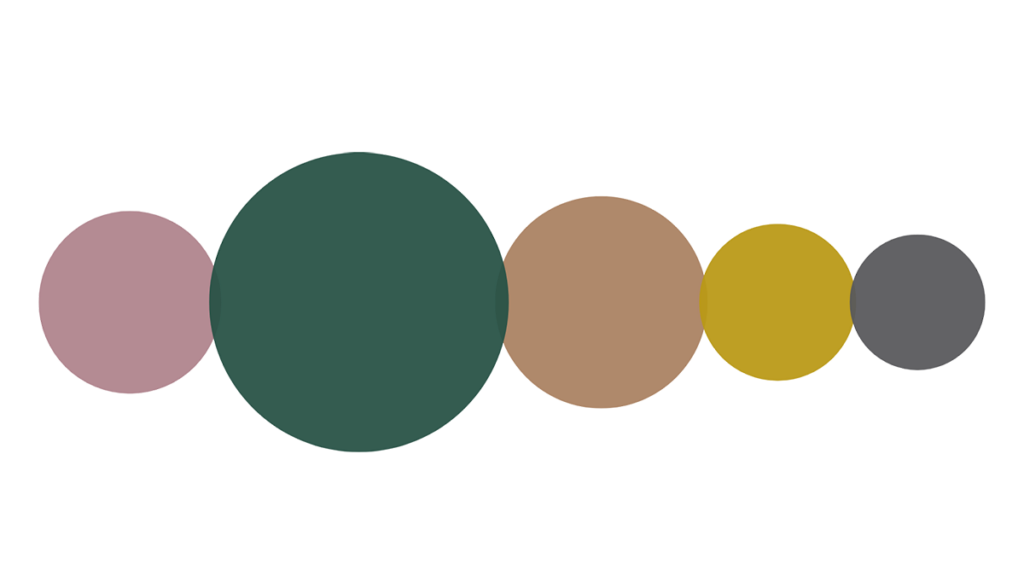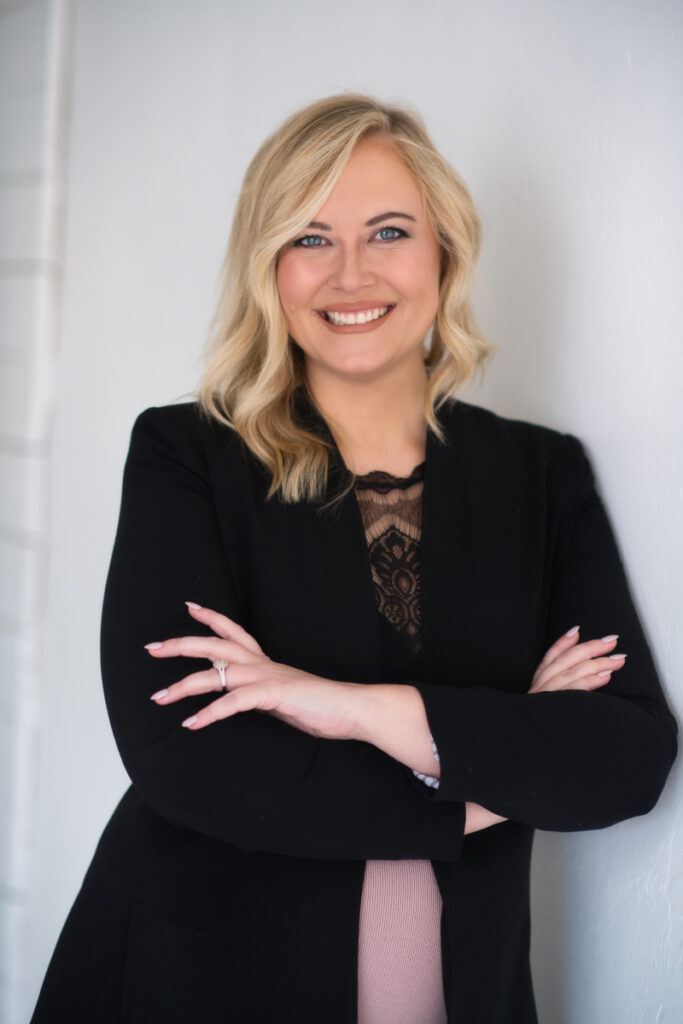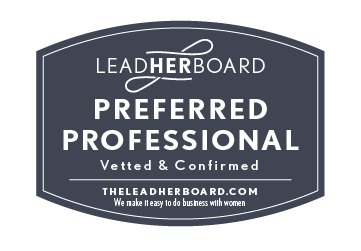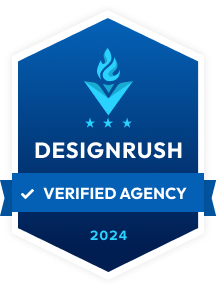Vector files, high resolution, bleed, CMYK, RBG…more like WTH?!
When starting off with a new client, I often ask for a vector file of their logo (if they have an existing one) and I am usually met with a response like… “A what?!” or a blank stare. There are so many technical terms thrown around when working with designers and printers and it can get confusing really quick!
As a business owner, understanding these various terms can be essential at times to make sure your brand is always put in it’s best light and to better communicate with the designers, developers, printers and various other contractors you hire. Plus having a basic knowledge in these areas can save you money by ensuring that you are making the right hires and choices for your business.
So, here it is, making its first ever debut, the glossary of print/design terms that you need to know for your small business – as told by Crystal 😂
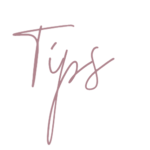
- Hit command + F (or control + F) to search for specific terms
- Bookmark this page for easy reference!
A4 Paper | The standard paper size (210 x 297mm) that is used basically everywhere except the US. We use 8.5” x 11” or letter paper. Similar to the metric system, we just decided we have to be different. 🤦🏼♀️ |
Accordion Fold | Typically used for brochure folding. This happens when you bend each fold in the opposite direction of the previous fold creating an accordion effect – hence the name right? Other fold types include tri-fold and gate fold. |
Alignment | Refers to the lining up of elements to create a layout. For typography, you have 4 main types:
|
Bleed | This refers to the area that extends past the size of whatever you are printing. This extra area is used as a buffer because it is almost impossible for a printer to cut the piece to the right size exactly so this extra artwork provides some wiggle room for them. |
Body Copy | The main part of text in the design (print or web) – like what you are reading right now! |
CMYK | This acronym stands for: Cyan (blue), Magenta (pink), Yellow, Key (black). This is a color model that is used for print purposes. |
Coated Paper (or stock) | Sometimes paper has a mineral coating applied after the paper is made, giving it a smoother finish. Don’t confuse that with glossy paper. Just because paper is coated does not mean it is glossy. Most of the time when choosing paper you could compare it to matte or glossy lipstick, but in this case it just means it isn’t off the mill raw paper. |
Coil or Spiral Binding | Where a metal or plastic wire is spiraled through holes punched in the paper. This type of binding is often used when the finished piece needs to lay flat and rotate 360 degrees. |
Cool Colors | Colors that make you think of colder temperatures, like blues, greens, violets, etc. Think of gorgeous frozen tundras, like where my Siberian fur babies are from! @kiyaokhusky and @izzy.cinnamonbear on Instagram if you want to see their cute faces. |
Collate | When your finished prints are arranged together in their correct order for viewing. |
Color Palette | The selection of colors that you use for your design. Tip: they should look good together! |
Color Theory | The study of how colors make people feel. Certain colors tend to evoke specific emotions in people. Selecting colors is not just about making designs pretty. For example, stop signs and emergency signs are red because that color signifies danger and importance. |
Contrast | The degree of difference between two elements. Common types of contrast are dark vs. light or thick vs. thin. Like bright colored shoes with neutral jeans and a top, you know… contrast! |
Crop Marks (cut marks) | Small printed lines around the edges of a printed piece indicating where it is to be cut out. Not crop TOPS, crop MARKS! |
Deboss | To press an image into paper with a die so it extends below the surface. Kind of like putting your handprints in wet concrete. |
Die Cutting | A finishing process created by cutting areas of your already printed design in various shapes. |
Drop Shadow | A shadow placed behind an image with a little offset to create the effect of the image lifting off the page. Pro tip: don’t do this unless absolutely necessary or done well. |
Embossing | To produce a raised image on the paper surface using metal dies and heat. |
.eps file | This one has a long, boring definition, but what you need to know is that sometimes designers, sign makers, t-shirt makers, etc.. will ask you for this file so you should have one for your logo. |
Foil Stamp | Created by using heat to apply literal foil to certain parts of a design to give it a shiny, metallic finish. Perfect for upscale events or brands. Think Great Gatsby style! |
Gate Fold | Used mostly for brochure folding. A three or four panel fold where the two outside panels fold inward to meet in the center. |
Gradient | A gradual change in color from one into another. This blending of colors can follow a linear or circular form. It can be used boldly or in a subtle way. Kind of like balayage done well… girls you know what I mean! |
Grid | Imagine a piece of graph paper with vertical and horizontal lines that intersect. Grids help designers to align and arrange elements in a fast and consistent way. |
Gutter | The blank space that exists between things like columns of photos or text. Not to be confused with what you have been throwing that bowling ball down your entire life. 😂 |
Hierarchy | Achieved when you arrange design elements in a way that shows the viewer which one(s) are most important. Kind of like when you organize your shoes and put the most important ones in front for easy access. Or your favorite snacks in the front of the fridge. |
Headline or header | The lines of text that are larger or emphasized in some way and often short to separate out segments of the text. Like the thing you don’t want to make on the front page of the newspaper after a night out on the town. |
Kerning | The adjustment of space between two letters in your type to achieve a more pleasing balance of space between each character. |
Landscape | When a piece of paper or image is turned horizontally. Wider than it is tall. Think laying down vs standing up. Speaking of laying down, a nap sounds good right about now. |
Layout | The arrangement of elements in a design. You could compare this to the arrangement of furniture in a room. |
Leading | Pronounced ‘ledding’, leading refers to the space between lines of type. |
Letterpress | The process of using metal plates to press a design into the surface of paper to create raised or lowered elements. |
Lorem Ipsum | Also known as ‘dummy copy’, lorem ipsum is a generic filler text used when the real text is not available. It is latin and is supposed to contain all of the letters so you get an idea of what real text will look like. I like to think of this like a stunt double! |
Margin | The space around the edge of a page. In web design, this is referred to as the space surrounding an element. |
Monochromatic | A color scheme built out of only one color, including lighter and darker tones of that color. |
Offset Printing | The most commonly used printing method, where the printed material does not receive ink directly from a printing plate but from an intermediary blanket that receives the ink from the plate and then transfers it to the paper. Talk about being the middleman! |
Opacity | The degree of transparency (or see-through-ness) an element has. The lower the opacity, the more see through an element is. 100% opaque = like a painted wall 0% opaque = a clear window |
Perfect Binding | A binding process where the pages of a book are held together by a flexible adhesive before a cover is applied. This is how most soft cover books are bound. Like a really great pair of spanx holding everything together before the cute dress is pulled over it. 😂 |
Pica | 1 pica = 1/6th of an inch. They made us learn this in college but I’m still contemplating why. Useless knowledge in my opinion, kind of like learning algebra… good think I married a guy who loves math. You’re welcome! |
Pantone (PMS) | In 1963 the The ‘Pantone Matching System’ was born. Today it serves as a standardized system of colors for printing, and not just on paper either! Every Pantone shade is numbered, allowing color matching all around the world. |
Pixel | 1/96th of an inch. Used mostly for web design. |
Point | 1/72th of an inch. Some people use points to measure things I guess. |
Portrait | When a piece of paper or photo is turned up and down (vertical). Taller than it is wide. Think standing up vs laying down. |
Press Check | When you visit your printing company before the production of your prints start. This is to sign off on the job and make sure all info is communicated. |
Raster Image | Graphics and images that are made up of dots (pixels) kind of like your TV or smartphone screen. Raster images cannot be sized up too much larger than they are without losing resolution. Usually a .jpeg, .png, .psd or .pdf – be careful though because .pdf files can be either vector or raster. |
Resolution | The amount of detail an image has. Higher resolution = a sharp crisp image with good detail Lower resolution = blurred of pixelated images |
RGB | A color model made up of Red, Green and Blue that is used for on-screen purposes. An RGB computer file must be translated into the CMYK color space in order to be printed. |
Rule of Thirds | Rule of Thirds is a theory that if you divide your image with two vertical and two horizontal lines, the areas where your lines intersect will become focal points of your design. This is often used as a rule to produce compelling photographs and layouts. |
Saddle Stitch | The binding of booklets or other printed materials by stapling the pages on the folded spine. Not stapling in the left hand corner though, get it straight. |
Sans Serif Typeface | A typeface without the little “feet” at the bottom and top of each letter. They usually look modern, stylish, and clean. |
Saturation | How intense and vivid the colors in your image are. Remember oversaturated pictures from when everyone learned basic Photoshop filters in the early 2000s? |
Script Typeface | A typeface that looks like cursive handwriting. |
Serif Typeface | A typeface with small decorative lines or feet (called serifs) found at the bottom and top of each letter. They usually look professional and traditional. |
Slab Serif Typeface | A typeface with thicker serifs. Slab serifs tend to look stronger and bolder. |
Stock Photo | A professionally shot photograph available online for licensing. Typically used when other photographs are not available or when it isn’t feasible to hire a photographer for your project. |
Style Guide | A document that gives you a set of rules to follow when designing something so it stays on-brand. |
Tracking | Tracking is created by increasing or decreasing the space between all letters evenly. |
Trim Size | The final size of a printed piece after being cut from the sheet of paper that it was printed on. |
Typography | The artistic arrangement of type in a readable and visually appealing way. Typography and hierarchy are used to better visually communicate ideas. |
Vector File | These files are constructed using mathematical formulas rather than individual pixels. They are the best for graphics that need to scale up and down in size a lot. Usually a .eps, .ai or .pdf – be careful though because .pdf files can be either vector or raster. |
Warm Color | Colors that make you think of heat and warmth, like reds, yellows, oranges, etc. |
White Space | Also called ‘negative space’, white space refers to the areas of a design that are not filled with content. White space is an important design element as it helps to let a design ‘breathe’, helps avoid overly complicated designs, and keeps designs looking clean. |
Zip File | Zipping a file compresses one or more files into a smaller archive. It takes up less hard drive space and less time to transfer across a network or the internet. |
